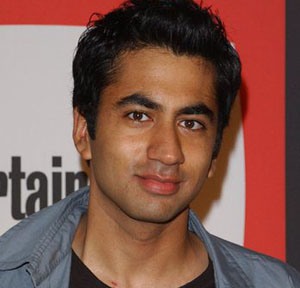India news. The history of Indians in the United States goes back two centuries after their first ones arrived on the US shores in the 1790, just over a decade after American independence.
Slowly they distinguished themselves in various fields and have even been feted for their contribution to American society.
They own some of the most-prized records in the United States, from the best-educated ethnic group to earners of the highest per capita income, nearly twice the national average.
Focusing on this section, the Smithsonian Museum in Washington DC has rolled out the first-ever exhibition chronicling the heritage of Indian immigrants and Indian-Americans and the contribution they have made to the American melting pot.
With dozens of historical and contemporary images, including photographs, films, and artifacts, the exhibition documents tales of discrimination, resistance, and achievement, starting with the struggles for citizenship in the first half of the 20th century, professional contributions from the 1960s and beyond, organizing for labour rights, women’s rights and cultural contributions through food, music, dance and in the entertainment industry in recent years.
The vivid images and stories include Indian labour in the building of US railroads and in farms and lumber mills in the 19th century, to the well-known journey of Swami Vivekananda to America later in the century. There are lesser-known milestones such as the Indian debut in Hollywood through the child actor Sabu Dastagir in the 1930s, pre-dating the entry of a raft of Indian-Americans into the entertainment industry.
Early recorded Indian contributions to science and technology include the effort of Yellapragada Subba Rao and Nobel laureate Hargobind Khorana to the more recent achievements of technology pioneer Vinod Dham that is now part of the Indian-American folklore in Silicon Valley.
The Indian-American political rise is captured in a striking photograph of Congressman Dalip Singh Saund (the first Indian-American elected to the US House of Representatives) with President Kennedy and Vice-President Lyndon Johnson, although the community’s political awareness is reflected from the very beginning with the arrival refugees on board the ship Komagatamaru and the subsequent founding of the Ghadar Party.
The community’s spiritual input into American consciousness is seen in another photo showing Swami Satchidananda addressing the Woodstock music festival in 1969, where Pandit Ravi Shankar also played.
The exhibition, which is funded by more than $1 million in contributions from the Indian-American community besides Smithsonian’s own input, opens to the public on Wednesday and will run for at least a year, before it goes on the road as a travelling show for five more years.






